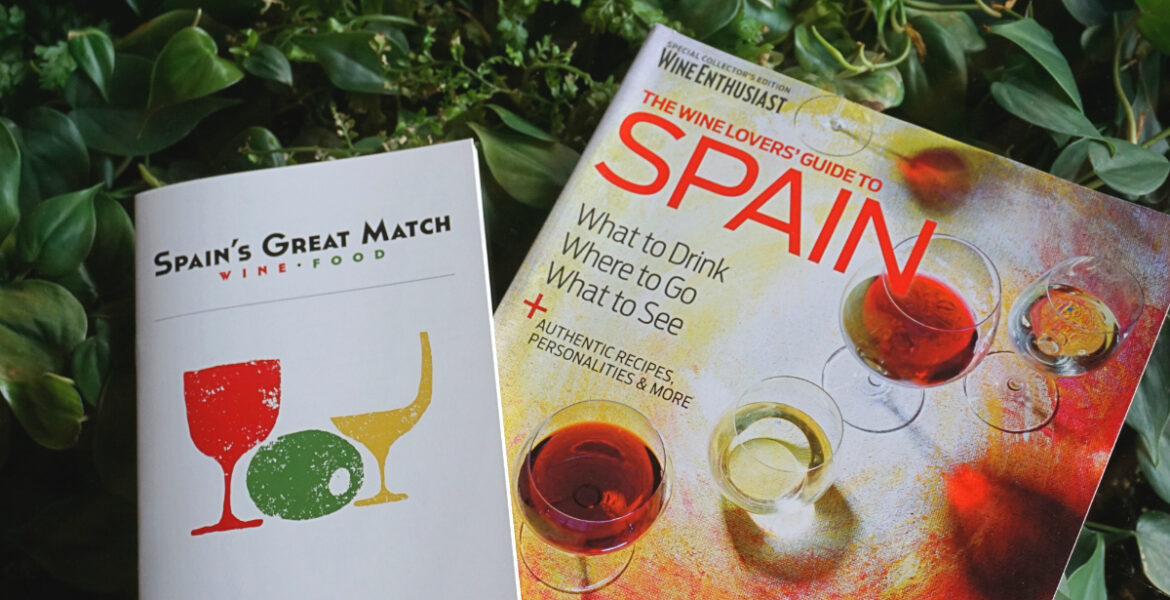On Tuesday, November 15th, hundreds of culinary experts, wine aficionados, and industry insiders gathered at City View at Metreon in San Francisco, California for Spain’s Great Match, a wine and food event that celebrated the flavorful wines and food from Spain.
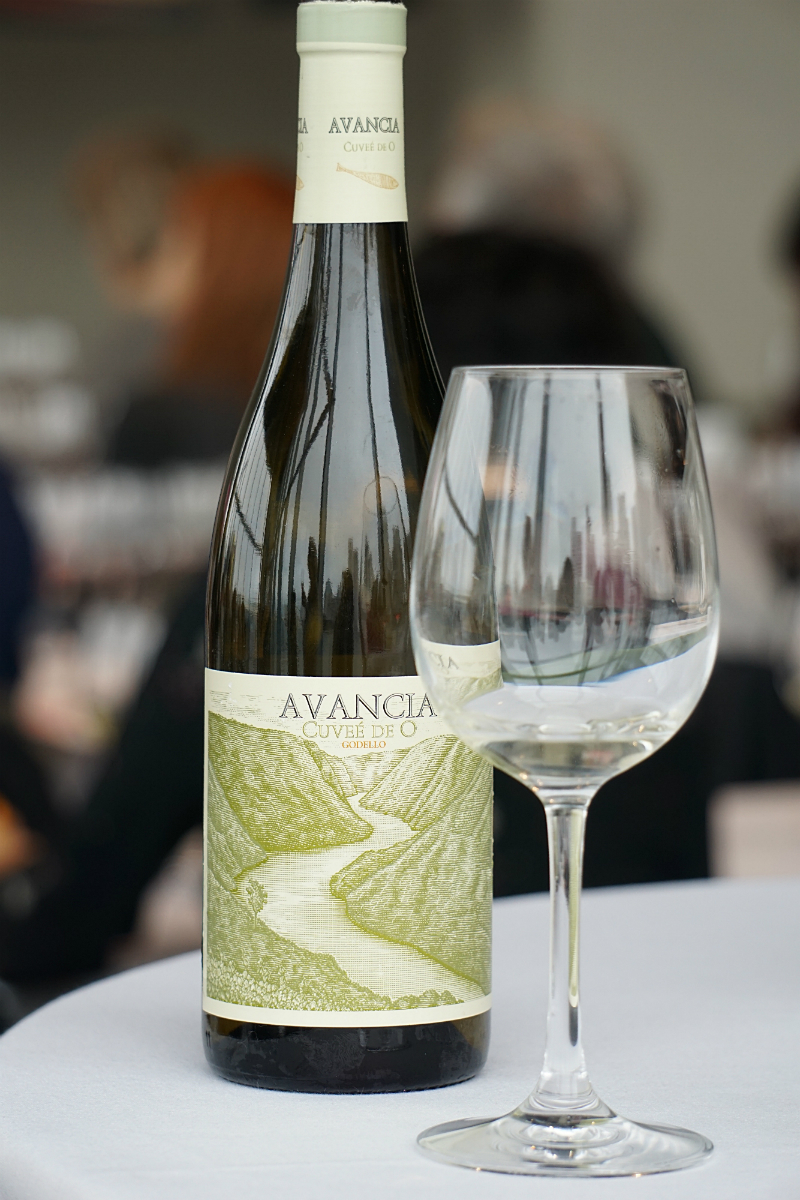
In addition to holding special seminars, such as “The Sommelier’s Guide To Spain” and “Chasing Castilla y Leon: Exploring The Wines of the Duero River Valley”, this exciting event also featured dozens of wine and food tasting stations, including a popular booth by Olives from Spain, a table featuring Cheese from Spain, and other delectable tapas tables.

One of the highlights of the event was learning about unique and interesting ways to cook with Spanish Olives. While most people tend to think of olives as just as garnish (or for that matter, an accessory to a cocktail), the reality is – Spanish Olives make for an exceptional appetizer or shared small plate, when prepared properly.
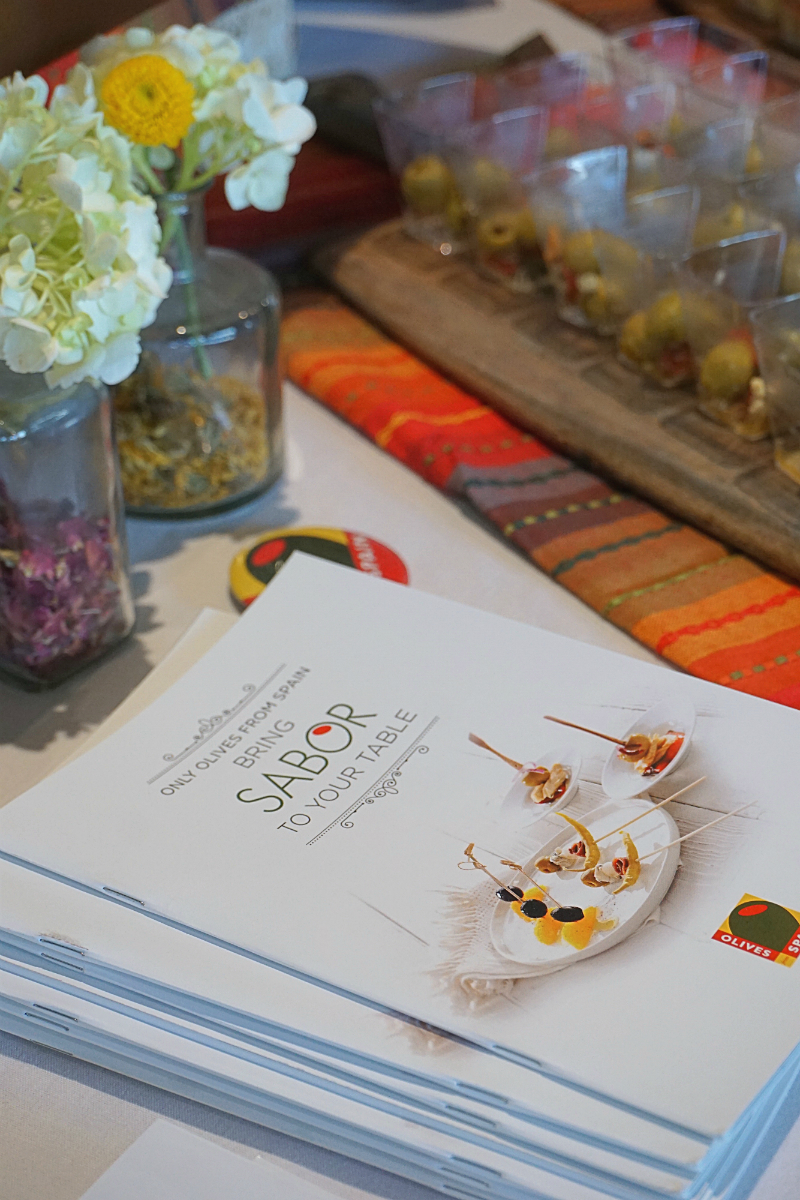
Not to mention – Mediterranean-style diets (including versatile and flavorful Spanish olives) are a healthy way to live. These naturally sugar-free foods contain “good fats”, which can help lower cholesterol levels and reduce the risk of heart attacks. Plus, Spanish Olives are also rich in vitamin E, which is a powerful antioxidant (that combats free radicals), making it a beauty-boosting food.
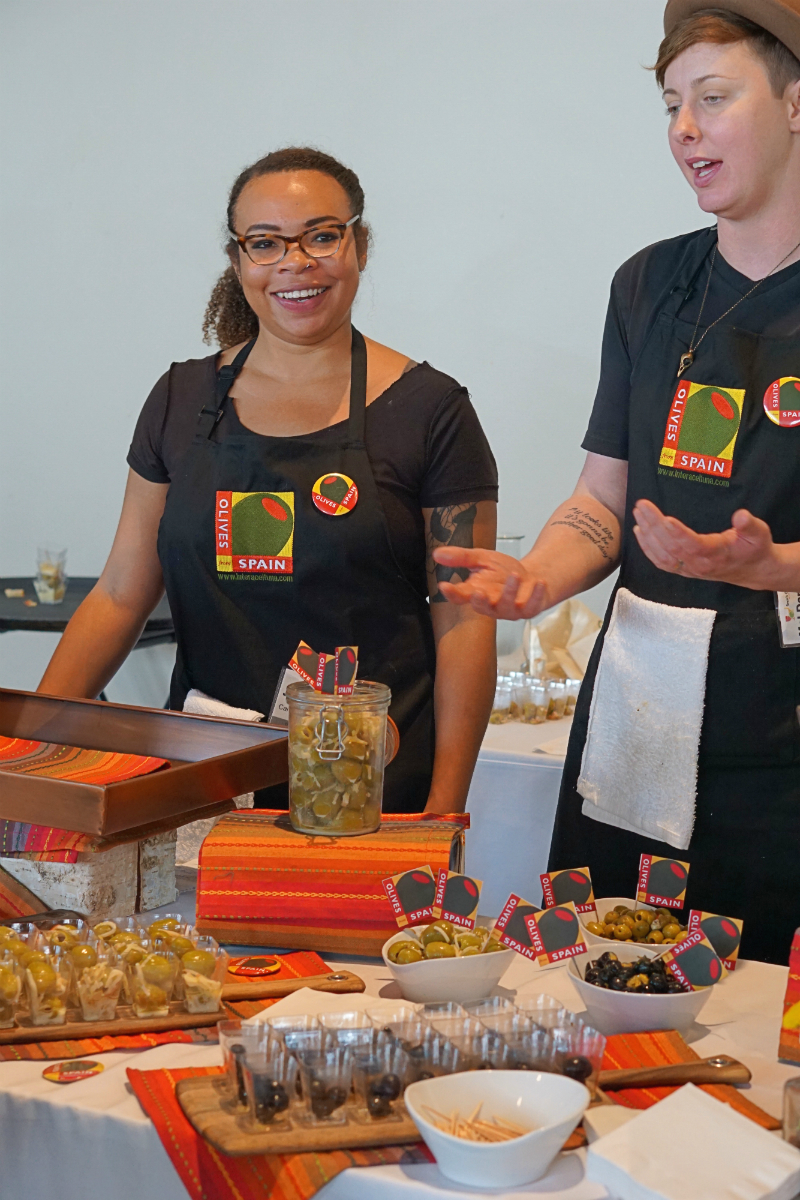
In today’s Food & Wine Guide, you’ll learn how to bring sabor (the Spanish word for “flavor”) to your table with Olives from Spain. From bar food and snacks to small plates and tapas, Spanish Olives can be used in a variety of palette-pleasing dishes.
How To Cook with Olives from Spain
A few inspiring ways to cook with Olives from Spain is to use them on flatbread, in salads, with spaghetti and prawns, or even (surprisingly) in a chocolate dessert. At the event, the Olives from Spain station showed three wonderful ways to cook with Spanish Olives.
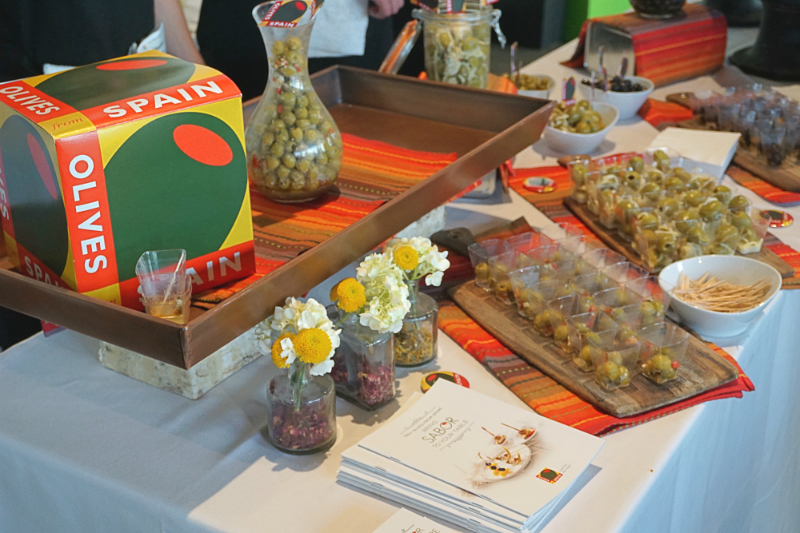
Option 1. Mix black olives with diced oranges, a sprinkling of mint leaves, a dash of orange juice,dried currants, and extra virgin olive oil.
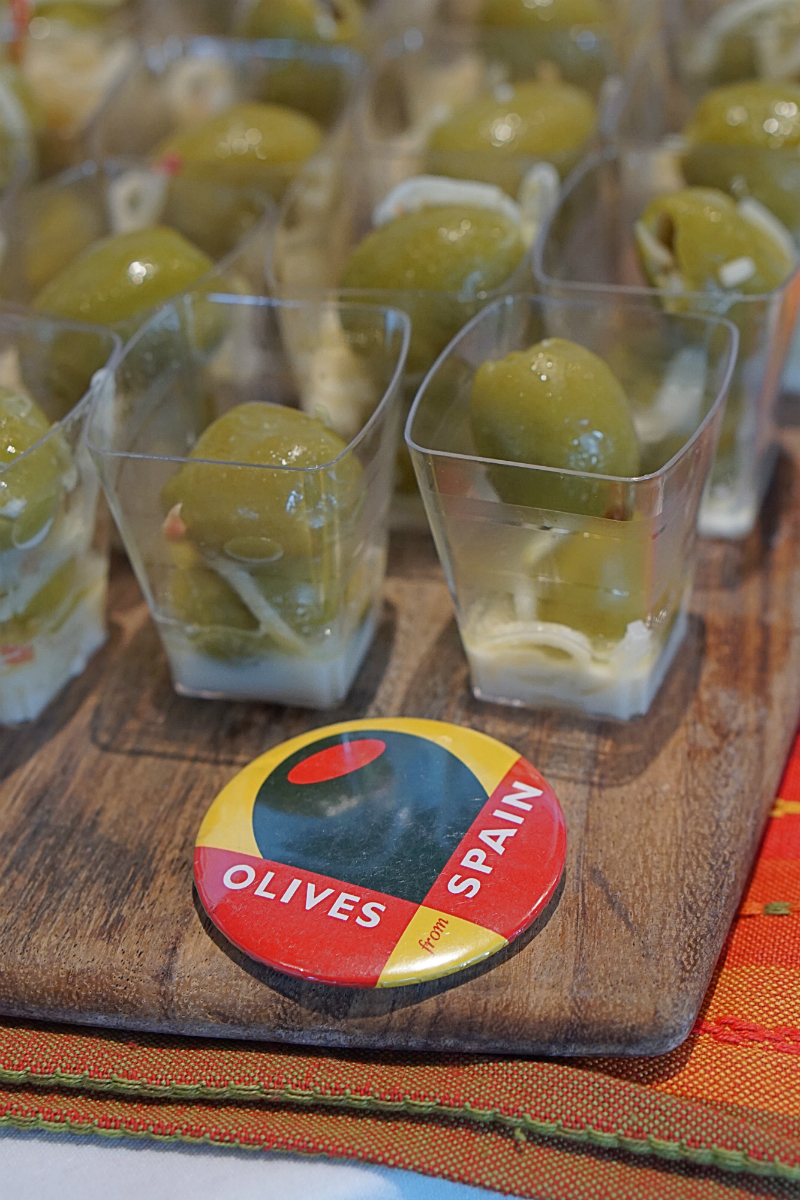
Option 2: As shown above, large Queen Olives get drizzled with honey, a sprinkling of goat cheese, apple slices, and extra virgin olive oil. This juxtaposition of sweet and salty flavors creates an outstanding combination, just bursting with flavor.
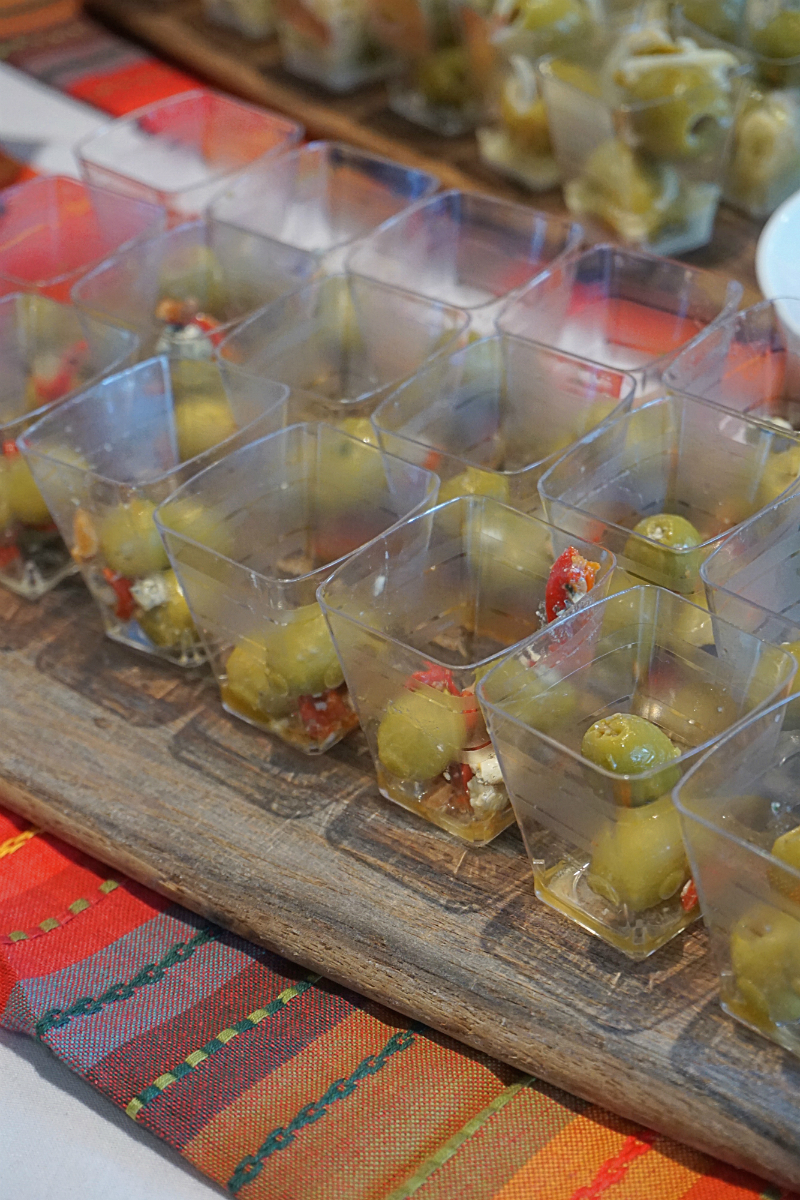
Option 3: Combine Manzanilla Olives with blue cheese, Marcona almonds, roasted red peppers, honey, and EVOO.
When it comes to pairing wines with Spanish Olives, it’s advisable to think about contrasting or complementary flavors. White wines, in particular, always pair well with Spanish Olives.

During the course of the food and wine event, sommeliers, chefs, restaurant owners, and industry experts discussed the background of Spanish wines, and shared insight into the booming growth of the Spanish food and wine industry amongst American consumers.

A few of the most popular Spanish Wines that were discussed are Cava (sparkling Spanish wine), Rioja, and Granacha.
While Cava tends to be viewed as an affordable sparkling wine, there are some brands (Kripta, as an example, shown above) which set the bar for high-end sparkling Spanish wine. Priced around $175 per bottle, this top quality sparkling wine is easy to drink, pairs well with all types of food, and is becoming a fan favorite for Americans, even those who have preferred French Champagne in the past.

What makes Spain’s Great Match especially exciting is that it brings together more than 200 Spanish wines, paired with culinary treats from San Francisco’s top Spanish restaurants.
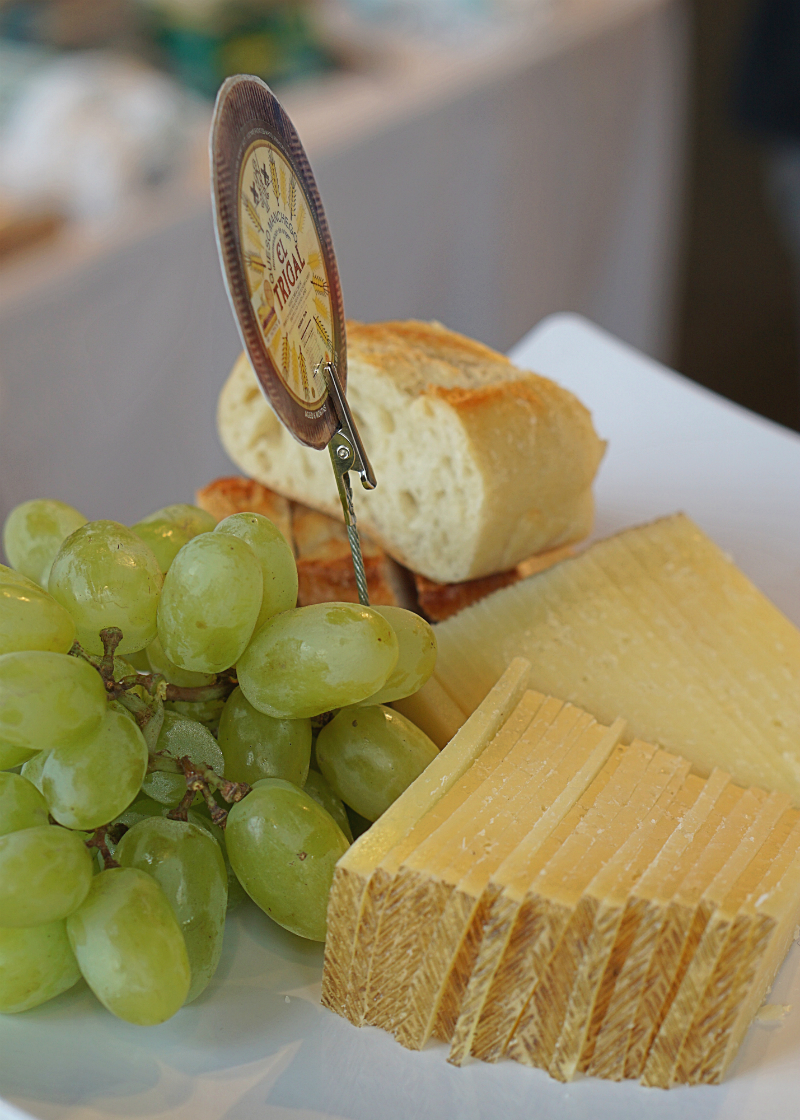
In addition, educators (such as Leslie Sbrocco, an award-winning author, speaker, wine consultant, and television host) share recommendations for food and wine pairings, information about different types of varietals, and background on the various growing regions in Spain.
Sbrocco guided seminar attendees through a wine tasting, sharing insight into each varietal. She also explained that Spain rivals Italy and France as a top wine producer. To further expound on that point, her presentation mentioned that in 2015, “exports reached record levels both in volume and value, positioning Spain as the global leader in wine exports.”
Throughout the event, the Tourism Institute of Spain spoke with members of the press and restaurant owners during the walk-around tasting, highlighting the best products of Spanish food and wine.

In addition to the three recipe ideas shown above, Olives from Spain shares a number of unique and interesting recipes using Spanish Olives, ranging from baby avocados stuffed with serrano ham and black olives to dry-fried salmon with olive dressing. To learn more, visit the Olives of Spain website.
[Disclosure: While this post is sponsored by Olives from Spain, all opinions are my own.]

